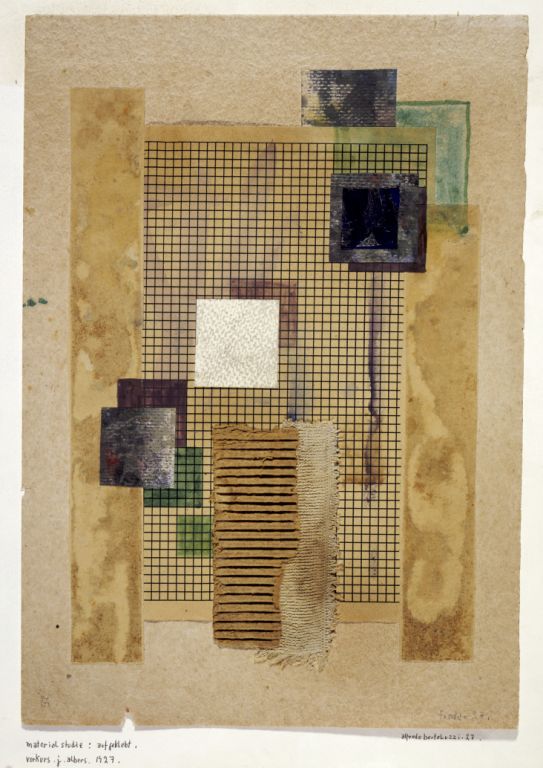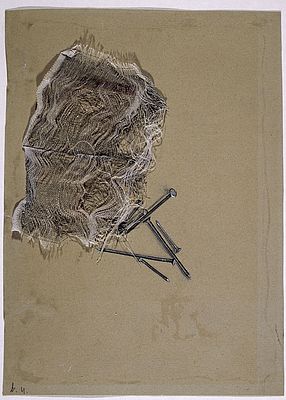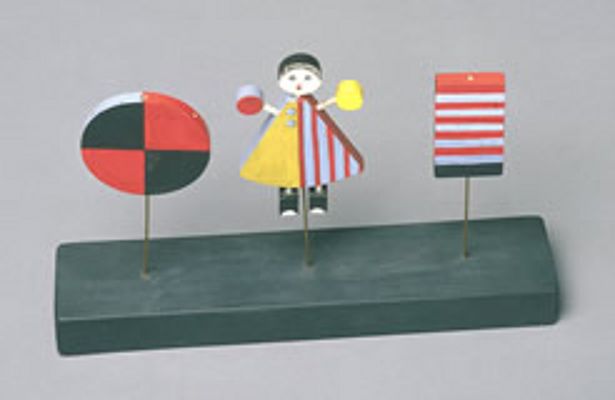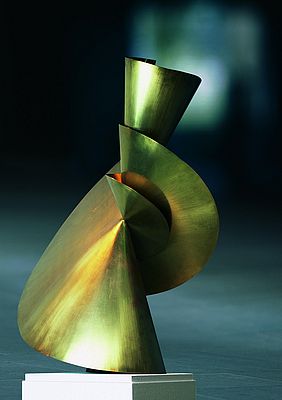Josef Albers’s preliminary course
1928–1933
After Johannes Itten’s departure in 1923, Josef Albers led the preliminary course along with László Moholy-Nagy. From 1928 Albers became its official head.

[Translate to English:] Headline
As a qualified primary school teacher and art teacher, Josef Albers arrived at the Bauhaus in 1920 and completed the preliminary course under Johannes Itten. He designed the coloured glass windows for Sommerfeld House independently. In 1922, he was promoted to journeyman. From 1923, he was head of the glass painting workshop as master of works under Paul Klee as master of form.
After Johannes Itten’s departure, Walter Gropius commissioned Josef Albers and the Hungarian artist László Moholy-Nagy to teach the preliminary course together. When the latter left the Bauhaus with Walter Gropius in 1928, Albers became the official head of the preliminary course. Albers taught material studies during the first semester, which he extended to up to 18 hours per week in the preliminary course workshop. In his classes, he had the students use simple tools to explore the properties of various materials such as metal, wood and paper. The focus was on the development of spatial structures where the correlation of material, construction, function and production technology was to lead to optimal performance with a minimum input of material, energy and time: a school of invention.
After the Bauhaus moved to Dessau in 1925, Albers, together with Marcel Breuer, Hinnerk Scheper and Herbert Bayer, was promoted to the position of junior master. When László Moholy-Nagy left the Bauhaus 1928, Albers continued as the official and only head of the preliminary course.




